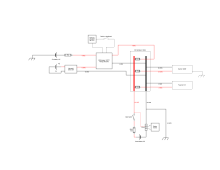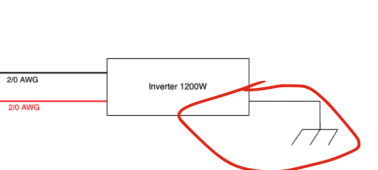keeeenleee
New Member
- Joined
- Jan 5, 2022
- Messages
- 11
Hi, im a off-grid virgin and after 2weeks of research, I prepared a blueprint. It's 12V camper system with:
Before I make a purchase of all components, I would like to get some feedback if something is wrong or need some optimisation.
Especially I would like some approval about grounding, fuse sizes and corresponding wire sizing.
Current situation is that I already have 1200W pure sine inverter and 400W of solar panels, so this are the only two things that I don't want to change, the rest of the diagram is open for discussion.
And at the end, thanks anyone here that help creating such nice community ?

- 200Ah LFP battery
- 400W solar panels
- 1200W inverter
Before I make a purchase of all components, I would like to get some feedback if something is wrong or need some optimisation.
Especially I would like some approval about grounding, fuse sizes and corresponding wire sizing.
Current situation is that I already have 1200W pure sine inverter and 400W of solar panels, so this are the only two things that I don't want to change, the rest of the diagram is open for discussion.
And at the end, thanks anyone here that help creating such nice community ?




